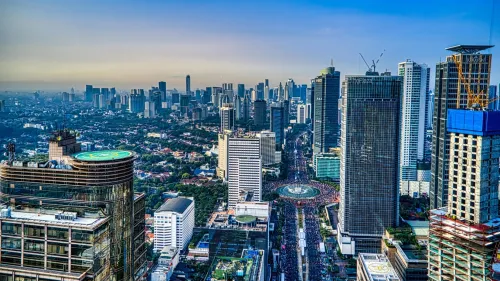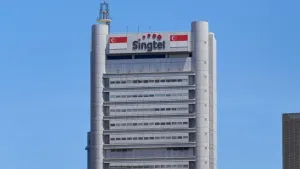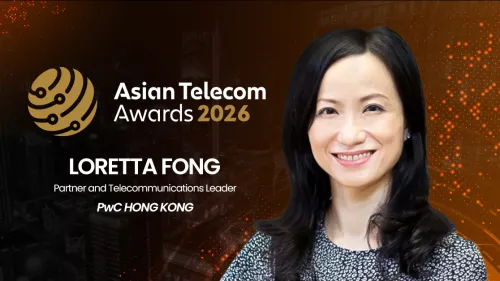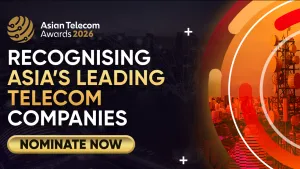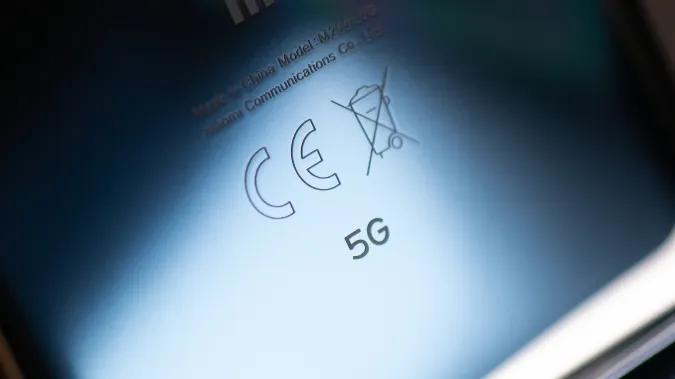
Three ways telco operators could monetise 5G
These include offering connectivity speed in line with a customer’s need.
Telcos may not be getting their return on investment from 4G because the technology limits the providers in offering plans specifically aligned to their customer's demands. But with 5G, they can differentiate offerings through various ways backed by network slicing, or the ability to charge customers more for parts of a network that will offer premium performance.
In a report, McKinsey said 5G allows telcos to drop the traditional one-size-fits-all model and create different offerings that will use the same physical infrastructure. Network slicing will enable telcos to launch “sophisticated ‘speed tiering’” and support the three innovative models to monetize 5G. Doing so could increase their average revenue per user (ARPU) between 16% and 20%.
“We believe that the shift to 5G core is inevitable and that early movers will benefit. They will be able to skim the market to attract early-adopting customers. It is unclear whether the robust wholesale market that arose for 4G networks will also exist for 5G networks,” the report read.
“If early movers choose not to wholesale parts of their 5G networks, lest they erode the value, late movers seeking wholesale agreements could find themselves shut out of the market,” it added.
In a survey conducted in April 2021 amongst 2,400 customers across six countries, McKinsey found that speed is correlated with higher customer satisfaction even if a larger bill is needed. Around 74% of customers have a “positive or neutral feeling” toward the offering of different speeds to various mobile users.
However, around two-thirds of customers are unwilling to pay more than EUR5 every month for 10 times higher speed, and 49% are expecting consistently high speed. Around 43% are also expecting new applications and services. But by upselling traditional portfolios with 5G speed, McKinsey said telcos can increase their ARPU by 3% to 6%.
Innovative models
The first way telcos can monetise 5G is by leveraging impulse purchases and “business class” plans by tapping into yield-management strategies. According to McKinsey, operators can move from standard monthly subscriptions to flexible plans allowing customers to upgrade their network performance when needed.
If they want stronger connectivity for streaming, gaming, or making important calls, they can pay $1 or $2 to avail of better performance temporarily.
“This pay-per-use 5G will be especially valuable to customers when networks are congested, allowing telcos to reasonably monetise the temporarily scarce resource of premium connectivity,” it said, adding that an option for this is to buy Wi-Fi on an aeroplane.
McKinsey said telcos can gain from this as 7% of the consumers surveyed are willing to pay for 5G boosters and would avail them an average of seven times a month at $1 per boost. Impulse purchases can raise the APRU by 1% to 2%.
Several Hong Kong telcos have increased ARPU amongst the highest-paying customers by 20% to 30% with the adoption of this strategy, resulting in expected revenue growth of 5% in the next three years.
Meanwhile, 5G “business class plans” will ensure users of unlimited premium network performance in terms of speed, latency, stability, and network access. This may bring a 2% to 4% increase in ARPU, as 15% to 20% of customers are willing to pay between 7.5% to 15% more.
Second, telcos can sell 5G-enabled experiences instead of selling connectivity only for additional revenue streams.
Customers are willing to pay for some 5G-enabled experiential use cases such as low-latency multiplayer gaming which feature an alternative reality and high degrees of interaction. Other areas customers are willing to pay extra for were immersive entertainment, smart stadiums, fixed wireless access hybrid plan, and real-time translation.
These markets could potentially raise the ARPU by 8% to 9.5%, McKinsey said.
“To adopt this model, operators will need to develop an ecosystem of partners that provide an expansive, enticing catalogue of user experiences. These partners will provide coveted, high-quality experiences, whilst telcos will provide connectivity and customer access,” it said, adding that, the challenge would be in explaining to customers why they are paying for premium connectivity.
Lastly, telcos could enter partnerships to deliver 5G-enabled experiences, as more consumers are open to paying content providers directly for better network performance.
McKinsey said that 74% of customers indicated that they would prefer buying a 5G connection directly from the game app instead from the mobile provider, adding that content providers have “strong brands and relationships” with customers.
It added that bundling a 5G charge along with the fees for the partner could be more efficient than charging separately for the connectivity.
“To create a seamless experience for customers, telcos might consider embedding 5G connectivity directly into partners’ apps or devices. By acting as a wholesale provider of connectivity in this way, operators can greatly expand the potential customer base for these 5G use cases,” it said.
McKinsey noted that the three innovative models are “additive” and can be “stacked atop one another.”
“When focusing on user experiences, telcos will need to consider carefully where it makes sense to charge customers directly and where it is preferable to charge content providers,” McKinsey added.
Considerations
Aside from investing in 5G core and forging partnerships, telcos would need to “overhaul” the understanding of customers and encourage the adoption of 5G devices.
They could encourage the upgrading to 5G devices by offering subsidies or introducing leasing plans to offset costs. McKinsey said the 5G-ready devices are gaining traction in Asia, Europe, and the US and are expected to reach the mass market in 2022.
Telcos could also offer other incentives such as rebates, discounts, and trade-in arrangements that are usually available in 4G phone plans.
McKinsey added telcos should keep in mind that in offering 5G boosters and other selling experiences, the market will favour players that “behave like start-ups” or those who offer minimum viable products and improve, rather than entering the market with a polished product.
In the next five years, the volume of network traffic is seen to grow by 20% to 50% annually and is expected to be ten times higher a decade from now. Connected devise will also be increasing for both personal and business use.
“These needs cannot be met solely by building 5G on a 4G core network,” McKinsey said. “In addition to these steady growth trajectories, telcos should prepare for sharp, sudden increases in demand, which 5G has the flexibility to accommodate.”
